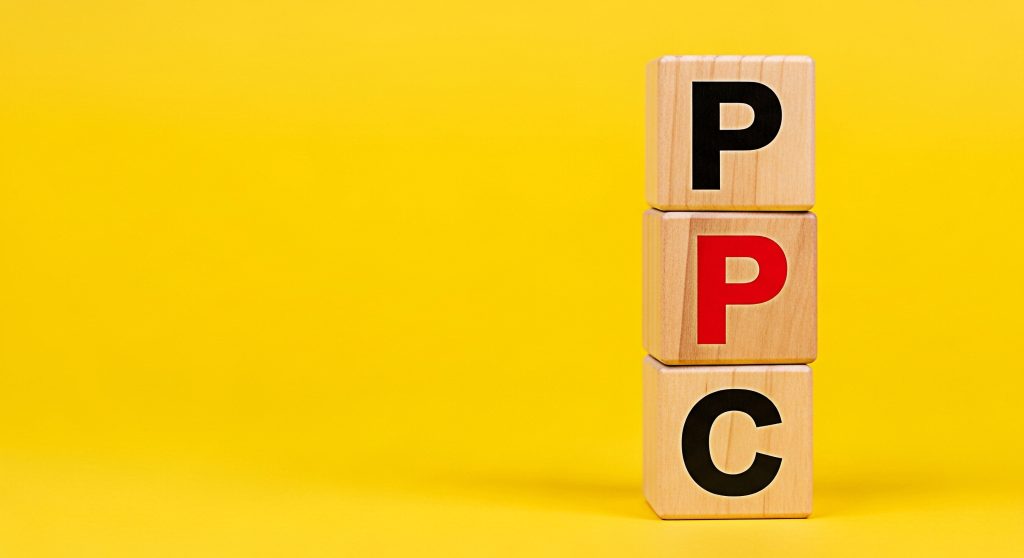Now, you may have some questions. Let’s walk through them:
What is native advertising?
Native advertising is defined as “material in an online publication which resembles the publication’s editorial content but is paid for by an advertiser and intended to promote the advertiser’s product.” Basically, it’s just like an article you’d normally see on Philly.com, just paid for by an advertiser.
We know what type of content resonates with our audience. Advertisers know what they’re looking to get out of an ad campaign. We marry the two to reach our readers the way they liked to be talked to, and introduce a company, brand or product to them in a way they’ll react positively to.
What can digital native advertising look like?
Native advertising on the internet, in its simplest and most effective form, comes in the vein of branded content. Branded content can be a variation of simple articles, lists, longforms, infographics, quizzes, maps, contests or clickout content. It depends on what the advertiser is trying to achieve, who they are trying to reach, and their budget.
Branded content works best if it is an article that relays important or interesting information on a theme related to what product or service the advertiser wants to promote, rather than about the product itself. Eyes glaze over if the piece comes off as pushy or salesy.
How is branded content different from advertorials?
Aside from being traditionally print focused, advertorials are written by the advertiser as an advertisement, with no added value for the consumer. Advertorials are typically about the client or product directly, while branded content is typically about the industry umbrella that the product or service falls under. Advertorials can still be effective in print, but branded content provides new and pertinent information to the readers in a style they are familiar and receptive to.
Why is this more effective?
People hate being talked at. It’s proven. People also relate more to ads that they choose to see or consume, rather than are forced to. If an article can inform or entertain a reader, while getting a brand in front of them, but not shoving it in their face, they’re more likely to have a positive connotation about the experience.
It also has a significant impact on search engine optimization (SEO) value. When people search for something on the internet, the top ranked site for a certain category will show up first, and get the most clicks, and in turn, more business. Having an article on Philly.com, which boasts 8.4 million users per month, can help boost the SEO of the business that advertises with branded content because it bolsters their search rank. More people will find them and recognize them, which leads to more business.
People trust Philly.com, and trust the people that advertise on the platform. Establishing a brand as a thought leader can pay dividends in the long run.
Traditional ways of advertising are proven, and not going away. But native advertising, especially branded content, is the new wave, and is seemingly here to stay.
___
source: philly.com









